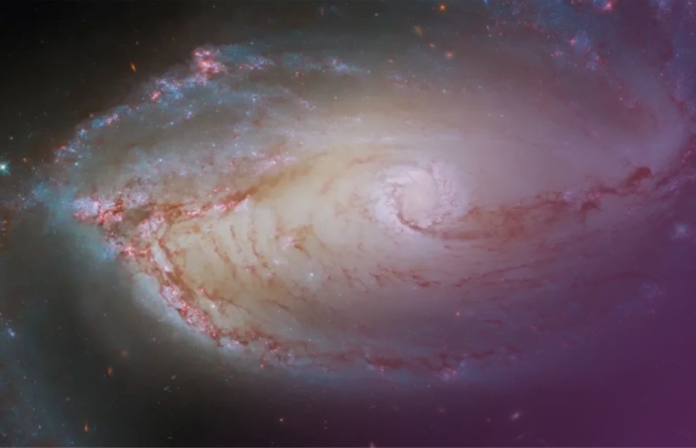NASA revealed the 2030 UltraViolet EXplorer (UVEX) mission to prepare for its astrophysics undertaking. The mission will investigate ultraviolet light to better understand star and galaxy formation.
The UVEX space observatory can quickly align with ultraviolet light sources to catch high-energy cosmic events like gravitational waves from merging neutron stars. An ultraviolet spectrograph designed to study big stars and stellar explosions will be part of this historic mission.
NASA Headquarters Associate Administrator for the Science Mission Directorate Nicola Fox expressed enthusiasm for the project, saying UVEX will help us understand close and distant galaxies and track dynamic processes in our emerging cosmos.
This mission is expected to improve space survey programmes like Euclid and NASA’s Nancy Grace Roman Space Telescope. Their collaboration on these initiatives will help map the universe using different light wavelengths.
NASA Headquarters Astrophysics Division Director, Mark Clampin, stressed the importance of UVEX in addressing current astrophysical needs. He said this new telescope will improve our understanding of the universe through different wavelengths and examine rapid cosmos changes, an important field of astrophysics.
UVEX will launch in 2030 after a two-year delay due to funding constraints, however, its main mission will last two years. California Institute of Technology astronomer, Fiona Harrison, leads the mission’s scientific efforts. She will collaborate with Berkeley, Northrop Grumman, and the Space Dynamics Laboratory.
With an estimated $300 million, not counting launch costs, the UVEX mission fits NASA’s Explorers Programme. The longest-running NASA mission prioritizes regular, inexpensive space access for principal investigator-led space research investigations. Predicting the 2030 launch of UVEX, the project could reveal cosmic riddles and advance astrophysics.



